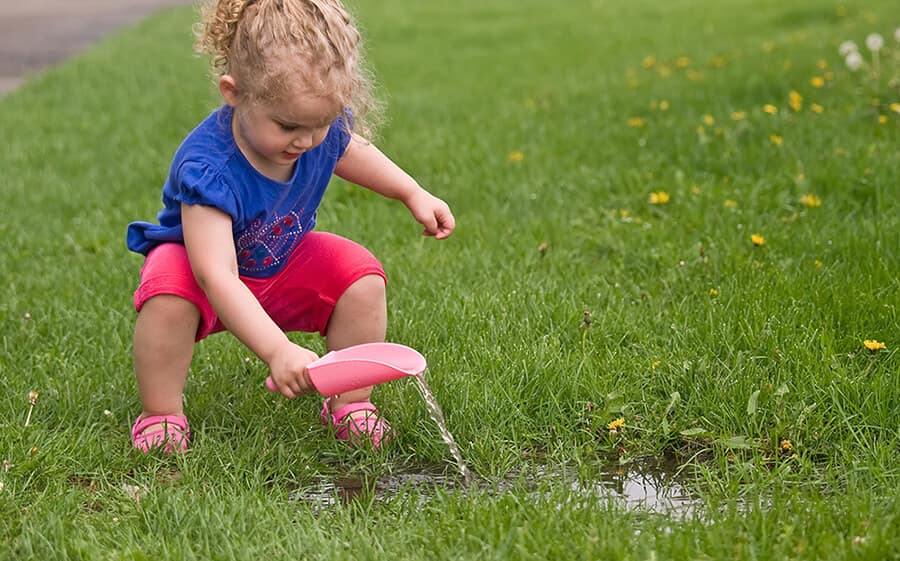The Six Most Common Water Leaks in Your Home: Causes and Solutions
The Six Most Common Water Leaks in Your Home: Causes and Solutions
Blog Article
This article following next pertaining to Common Water Leaks In House is seriously fascinating. Don't miss it.

Leaks not only create waste of water yet can also cause unnecessary damages to your residence as well as promote unwanted organic growth. Water leaks could go undetected because most of the pipework in our residence is concealed. By looking as well as understanding for daily situations that cause leaks, you can shield your residence from future leaks and unneeded damage. Today, we will look at 6 leak creates that may be creating your pipes to trickle.
Intruding roots
Most water leaks begin outside the house rather than inside it. You could notice wet spots or sinkholes in your yard, and also that might imply that tree roots are getting into water lines creating water to seep out.
Corroded water systems
As time goes by, your plumbing system ages and corrosion such as corrosion might begin eating away the pipes. This could be the cause of discoloration or bending on your pipes. This calls for an evaluation with your plumber instantly. If our plumbing system is old, take into consideration changing the pipes because they go to a greater threat of corrosion than the more recent versions.
Malfunctioning Pipeline Joints
The factor at which your pipelines attach is frequently the weakest link in the waterline. Pipeline joints can degrade with time, causing water leakages. The majority of pipe joints are not conveniently noticeable. If you have loud pipelines that make ticking or banging sounds, particularly when the warm water is activated, your pipeline joints are most likely under a lot of pressure. It is recommended to have your plumber examine your system once a year.
Immediate temperature changes.
Extreme temperature modifications in our pipelines can trigger them to increase as well as acquire all of a sudden. This expansion as well as contraction may cause cracks in the pipes, especially if the temperature level are below cold.
Poor Water Connectors
Sometimes, a leakage can be triggered by loose hose pipes and pipelines that provide your devices. More often than not, changing is what causes the loosened water Connections. You could find in the case of a washing machine, a hose may spring a leak due to drinking during the spin cycle. In case of a water connections leak, you might discover water running straight from the supply line or pools around your appliances.
Clogged Drains
Blocked drains pipes might be aggravating and inconveniencing, however they can in some cases wind up creating an overflow leading to rupture pipelines. Keep eliminating any type of materials that may decrease your drains pipes that could block them to prevent such aggravations.
All the above are sources of leaks but not all water leaks arise from plumbing leakages; some leakages could come from roof leakages. All leakages should be repaired right away to stay clear of water damage.
Leakages not just create waste of water but can likewise trigger unneeded damages to your residence and advertise unwanted organic growth. By understanding and also looking for day-to-day scenarios that create leakages, you can shield your home from future leaks as well as unnecessary damage. Today, we will certainly look at 6 leakage triggers that might be creating your pipes to drip.
At times, a leak can be caused by loose hoses and pipes that provide your appliances. In case of a water connections leak, you may notice water running straight from the supply line or pools around your devices.
How To Check For Water Leak In Your Home
How To Check for Leaks
The average household's leaks can account for nearly 10,000 gallons of water wasted every year and ten percent of homes have leaks that waste 90 gallons or more per day. Common types of leaks found in the home are worn toilet flappers, dripping faucets, and other leaking valves. These types of leaks are often easy to fix, requiring only a few tools and hardware that can pay for themselves in water savings. Fixing easily corrected household water leaks can save homeowners about 10 percent on their water bills.
To check for leaks in your home, you first need to determine whether you're wasting water and then identify the source of the leak. Here are some tips for finding leaks:
Take a look at your water usage during a colder month, such as January or February. If a family of four exceeds 12,000 gallons per month, there are serious leaks.
Check your water meter before and after a two-hour period when no water is being used. If the meter changes at all, you probably have a leak.
Identify toilet leaks by placing a drop of food coloring in the toilet tank. If any color shows up in the bowl after 10 minutes, you have a leak. (Be sure to flush immediately after the experiment to avoid staining the tank.)
Examine faucet gaskets and pipe fittings for any water on the outside of the pipe to check for surface leaks.
Undetected water leaks can happen without the home or business owner even realizing. If you suspect a water leak, but not able to find the source. It is time to contact a professional water leak detection service, The Leak Doctor.
How To Find a Water Leak In Your Home
https://www.leakdoctor.com/blog/How-To-Check-For-Water-Leak-In-Your-Home_AE197.html

I am very enthusiastic about How Fast Water Damage Can Ruin Your Home and I hope you appreciated the new post. Don't hesitate to take the opportunity to promote this article if you enjoyed it. We recognize the value of reading our article about How to Find Water Leaks.
Rates Report this page